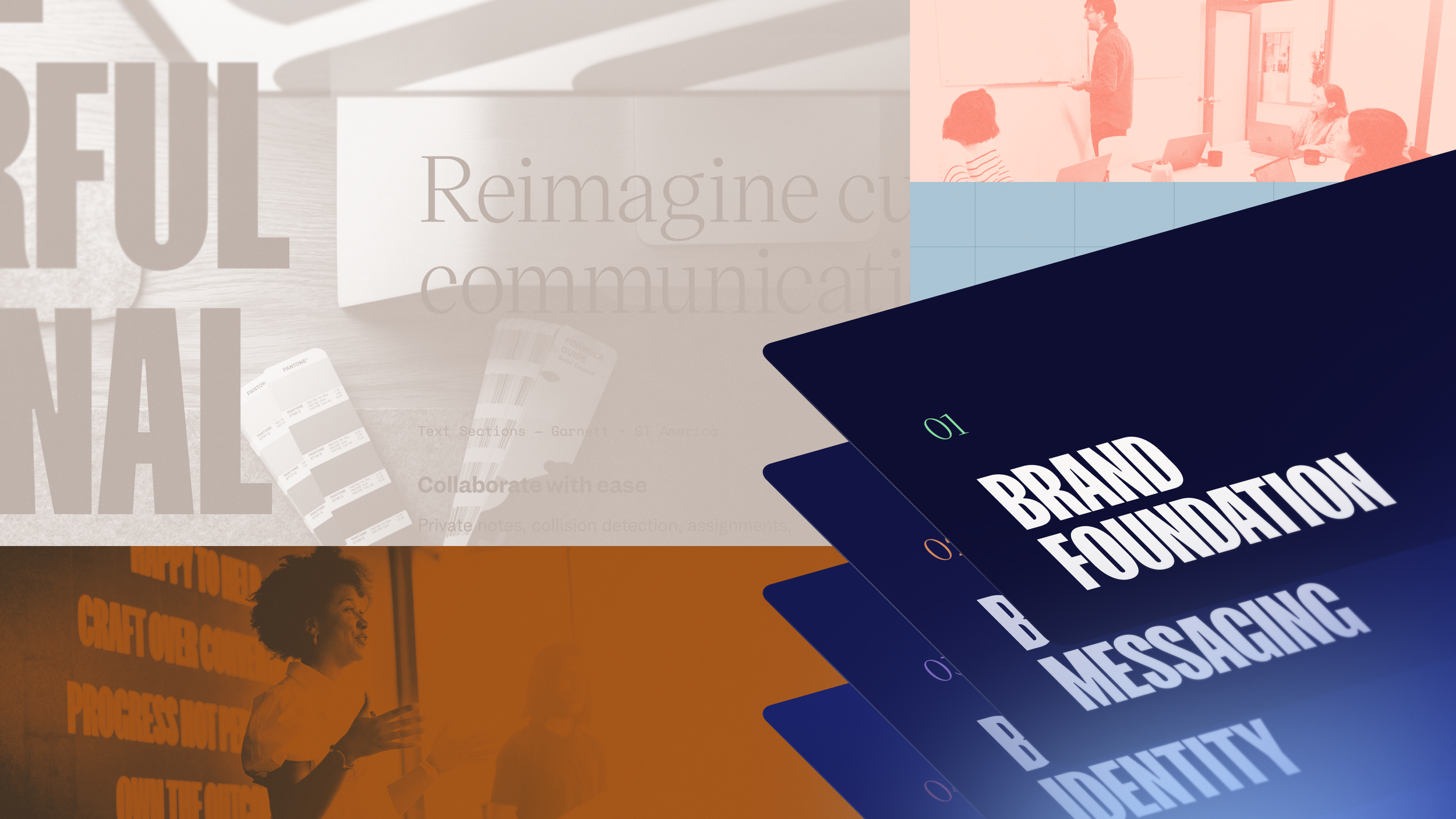Matt Plays
Help Scout Designs by Matt Plays
Matt Plays is a New England-based designer. From dialing in components to establishing an entirely new brand direction, Matt’s goal is to craft brands that look the part and live up to their missions. Over the course of his career, he’s worked on projects for a variety of companies and causes including HubSpot, Epicurrence, and Burton Snowboards. Matt is currently the Creative Director at Help Scout, a customer support platform for growing businesses.
Hi Matt! Tell us about yourself — how did you get to where you are today? When did you first become interested in design and illustration?
I grew up skateboarding and snowboarding, so making videos, websites, and doodling logos were a huge part of life. And I’ve always found myself drawn to music and art. Eventually, I decided to pursue a degree in visual media, somehow knowing that working in-house for a brand would work for me.
Designer and Creative Director Matt Plays
“Be a sponge. Everything you see and do can inform your work. Synthesize what you learn and what inspires you with your unique perspective.”
During college, my father and I went into business together, making skateboards for the snow. He owned manufacturing, while I led brand and marketing and was forced to learn design on the job. Running that business introduced me to SaaS products like Shopify, Mailchimp, and Buffer. Eventually, I stumbled into a career at HubSpot, where I could relate to the power software gives business owners. Having been on the other side of it, it was a joy to learn how to leverage brand in the process of bringing products to market.
I’ve since stuck to my roots, working at various action sports and software companies. Burton Snowboards and Help Scout, in particular, have been home to my biggest seasons of growth and creative output.
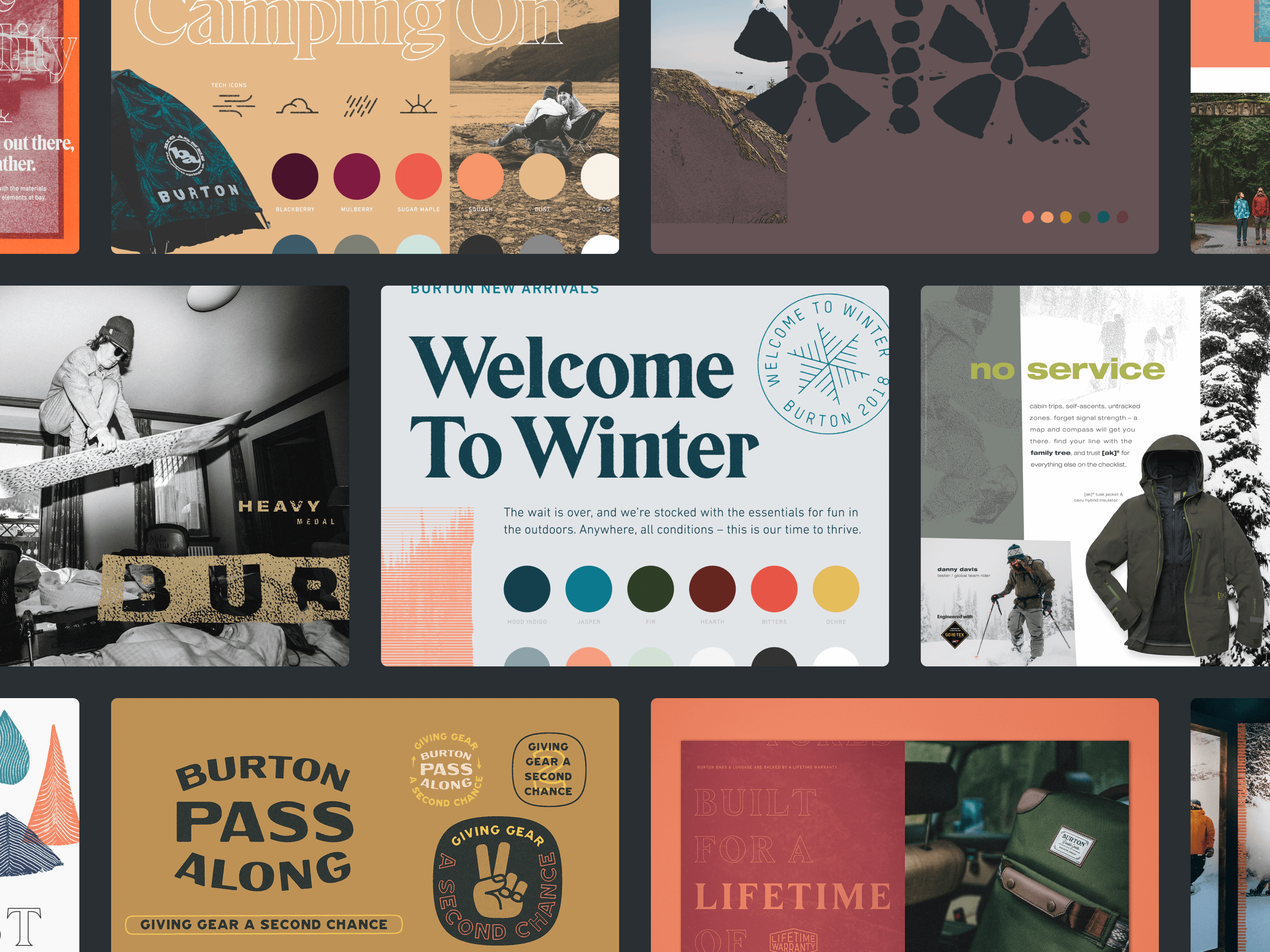
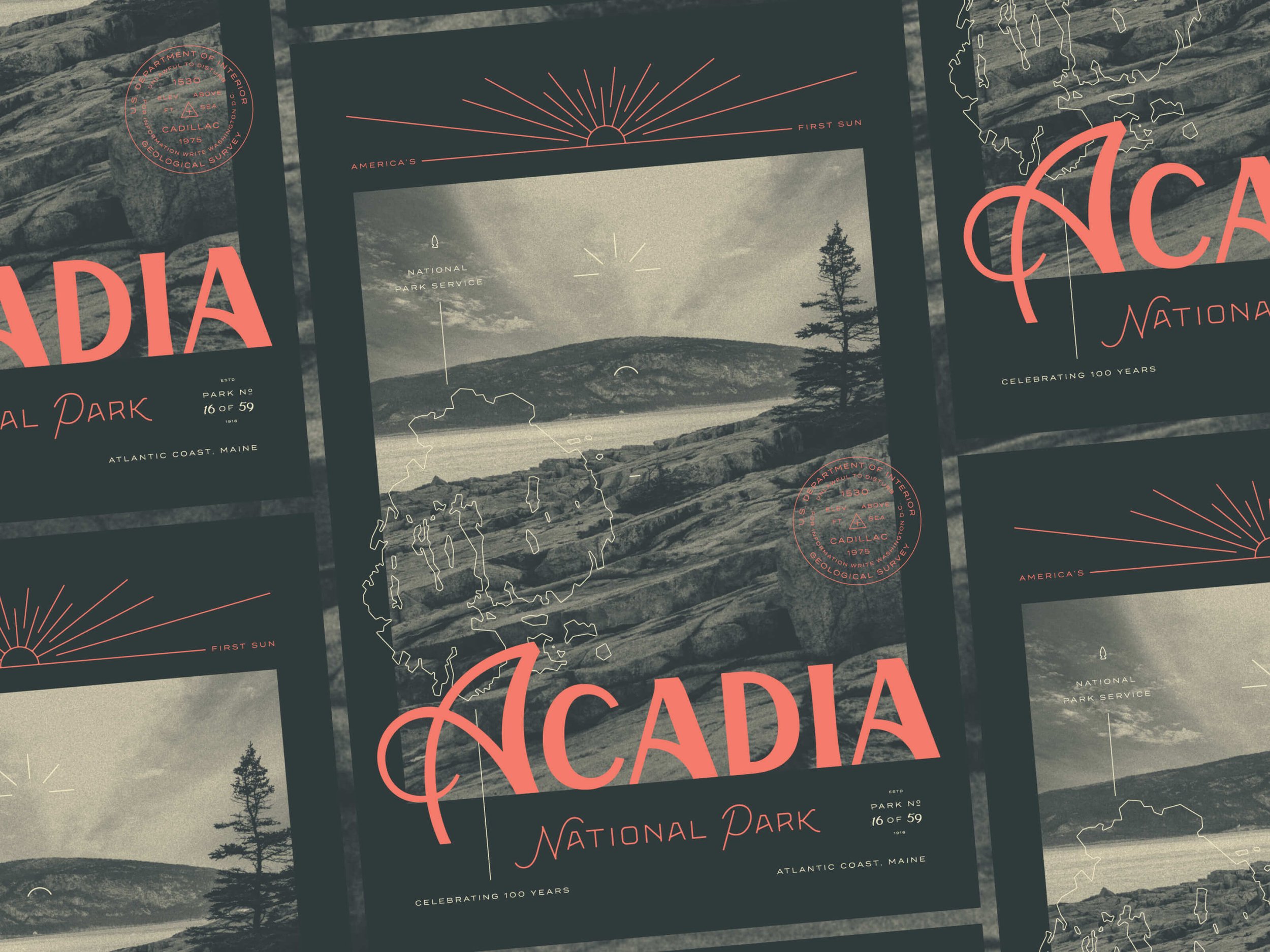
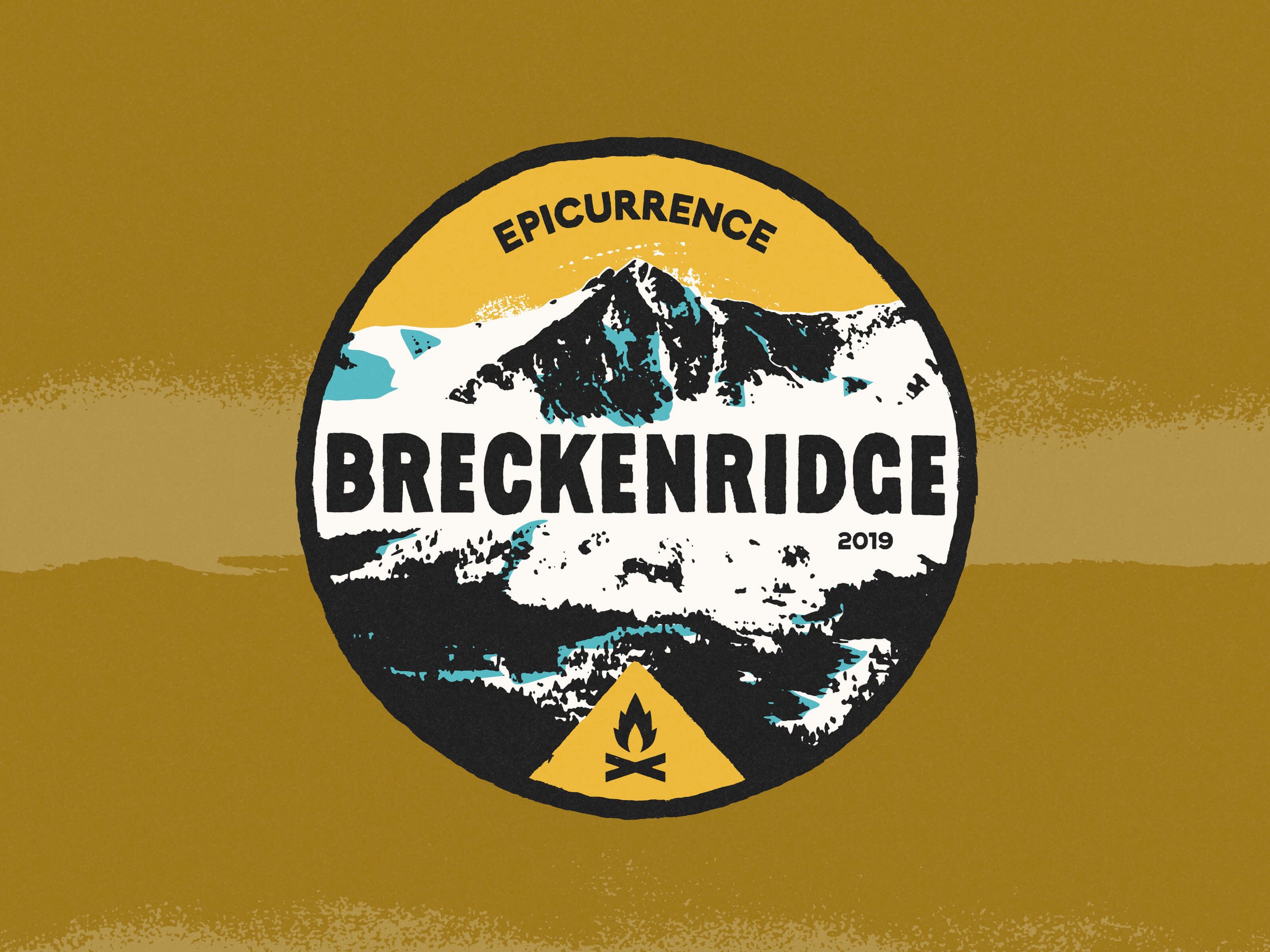
How would you describe your aesthetic, and how has your design style changed over time?
My work is systematic and intentional, but that doesn’t stop it from being dynamic and expressive where it needs to be. The ultimate goal is to strike the tone for a given brand or project using the right blend of elements. Since that’s the case, my work always feels fresh and evolving. Shaping brands is usually a mix of art and science. I enjoy playing with juxtapositions—digital with analog, clean with gritty, punchy with subdued, dainty with sturdy, and so on.
You’re currently the Creative Director at Help Scout - what does a day on the job look like for you?
Working as a CD gives me such a great mix. On an average day, I’ll kick things off with a call with our lead front-end developer. He’s in Amsterdam, so we overlap in my early hours on the East Coast. We’ll chat through priorities, ideate on something new, or work through the nuances of the latest PR review. After that, I’ll usually get into some individual contributor work. I’m lucky to be able to earmark a few high-leverage projects per quarter that deserve my attention.
I’ll take lunch and prepare for meetings, usually with marketing leads, to make strategic decisions and map out the quarter. I’ll wrap up the day with design crit and 1:1s, where we push each other’s work and find ways to level up and grow.
How do you approach creative collaboration with your team and across the organization?
Collaboration is another area where a balance between structure and spontaneity benefits everyone. Our team holds two “formal” design crits per week, and we’re big fans of the Figma team’s thoughts on this. This way, we have an opportunity to loop the crew into wherever we’re at in a project. The context setting and request for feedback are owned by the presenting designer.
Otherwise, we lean into our toolkit of recording Looms, keeping it lightweight with Slack messages, tapping each other on the shoulder for ad-hoc pair sessions, and everything in between.
Brand and Product Design also stay connected in a monthly meeting called Design Meld. In that time, we surface opportunities to collaborate and drive cohesion.
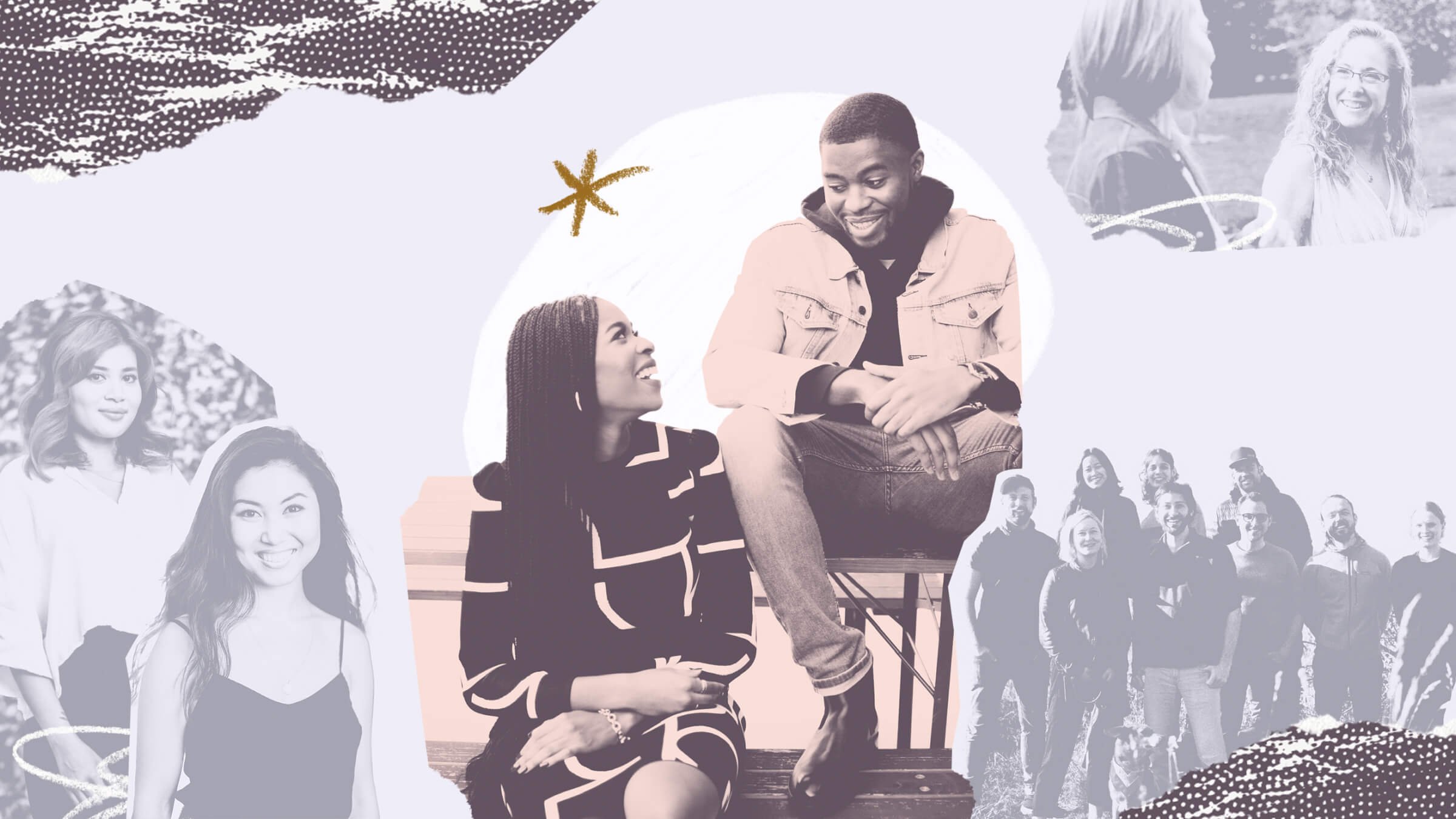
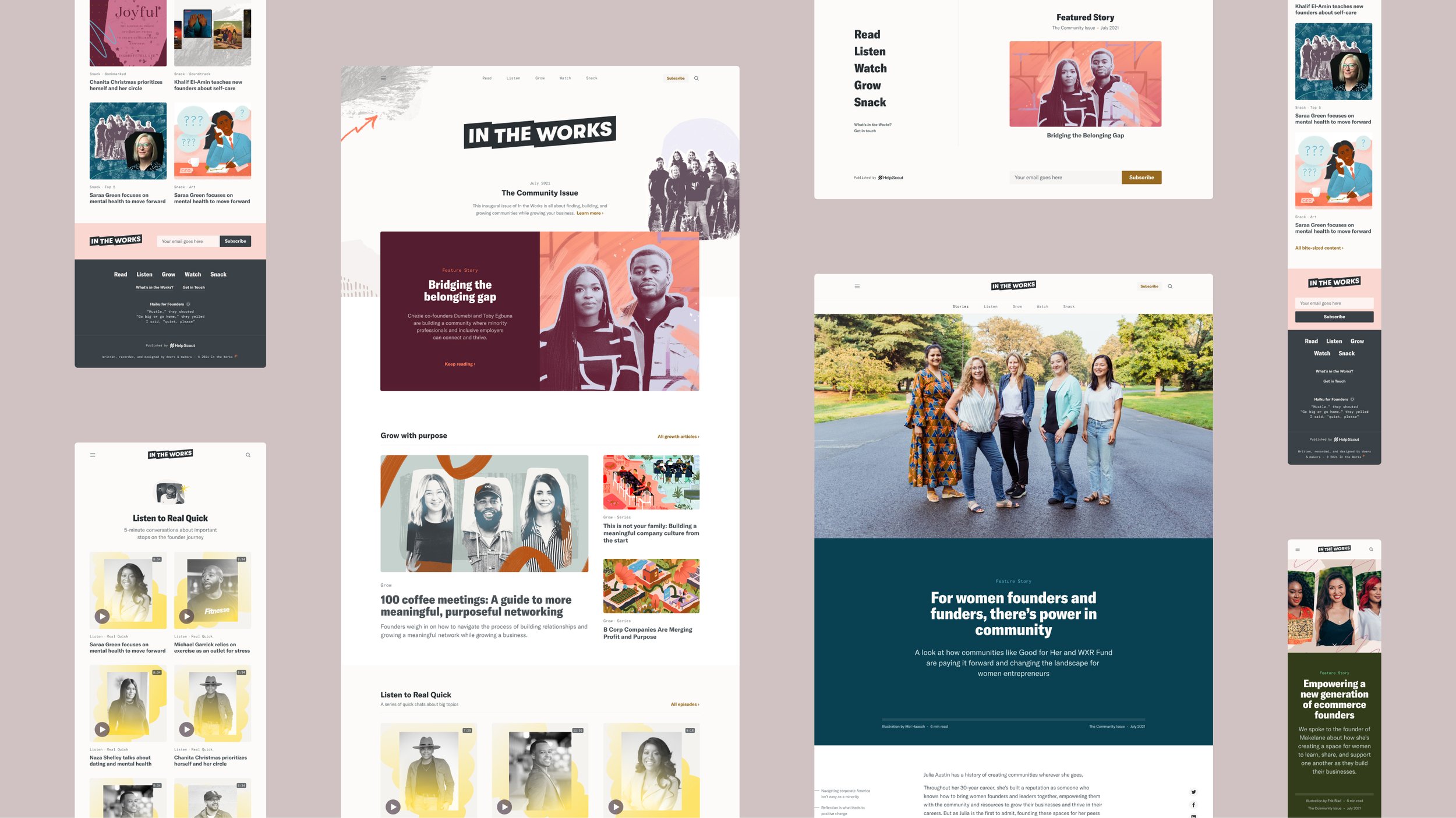
What has been one of your favorite projects to work on recently and why?
In 2023, we shipped Help Scout’s brand evolution project. There was an anecdotal sense that the tone we were projecting into the market was too earnest. Our new brand needed to be bold and opinionated and communicate the craft and power of our product. Teams needed the tools and systems to scale this work, and the brand and product needed to be as connected as ever. To do this, we took a foundation-first approach by truing-up and strengthening our values & messaging, corporate identity, and visual system.
All told, we completed our brand evolution endeavor in just over a year. We dedicated 7 months to Brand Guidelines and 7 more to roll out the brand across our site, product, social, and beyond.
What’s been one of the biggest career lessons you've learned so far?
Designers have agency and permission in every project they’re given. Of course, we are responsible for following the brief and not blowing the scope, but we should feel free to play within those bounds. Not every brief demands a custom-lettered logotype or component-based design system, but it's worthwhile if that’s the best way to communicate tone or scale work up. Some people wait for permission, but we already have it in droves.
Also, be critical about and optimize for creative culture. Operating in an environment that aligns with your working style is the best way to do your best work for a longer period of time.
Where do you find creative inspiration? Do you have any favorite design resources?
I find inspiration in nature, my community, fellow designers, artists, music, antiques, and generally staying curious. I’ve been on Twitter for 15 years, and while I’m not the most active participant, I’ve learned a lot by observing inspiring folks in my circles. For every design-related source (Typewolf, Godly, Inside Marketing Design, Design Details), there’s something completely opposite. Again, I appreciate the balance that paying attention to both ends of a spectrum can bring.
What advice would you give to artists and designers just starting out?
Be a sponge. Everything you see and do can inform your work. Synthesize what you learn and what inspires you with your unique perspective. And sweat the details — the small things add up.
When you look to the future, what are you excited about?
In the future, we’ll see a constant evolution of medium. Physical media and digital will surely collide and become more experiential/immersive. The best brands will make themselves accessible to people at every touchpoint, using each channel to its fullest potential.
With the rise of AI, we’ll see more change than I can imagine. My approach is to partner with AI to handle the chores that free me up to do higher-value, uniquely-from-my-perspective work. This quote by Joanna Maciejewscka captures it: “I want AI to do my laundry and dishes so that I can do art and writing, not for AI to do my art and writing so that I can do my laundry and dishes.”
Thank you for sharing with us Matt! To view more of Matt’s work, visit his website or follow him on Dribbble and Instagram.
Matt was nominated by Webflow. All art courtesy of Matt Plays.



